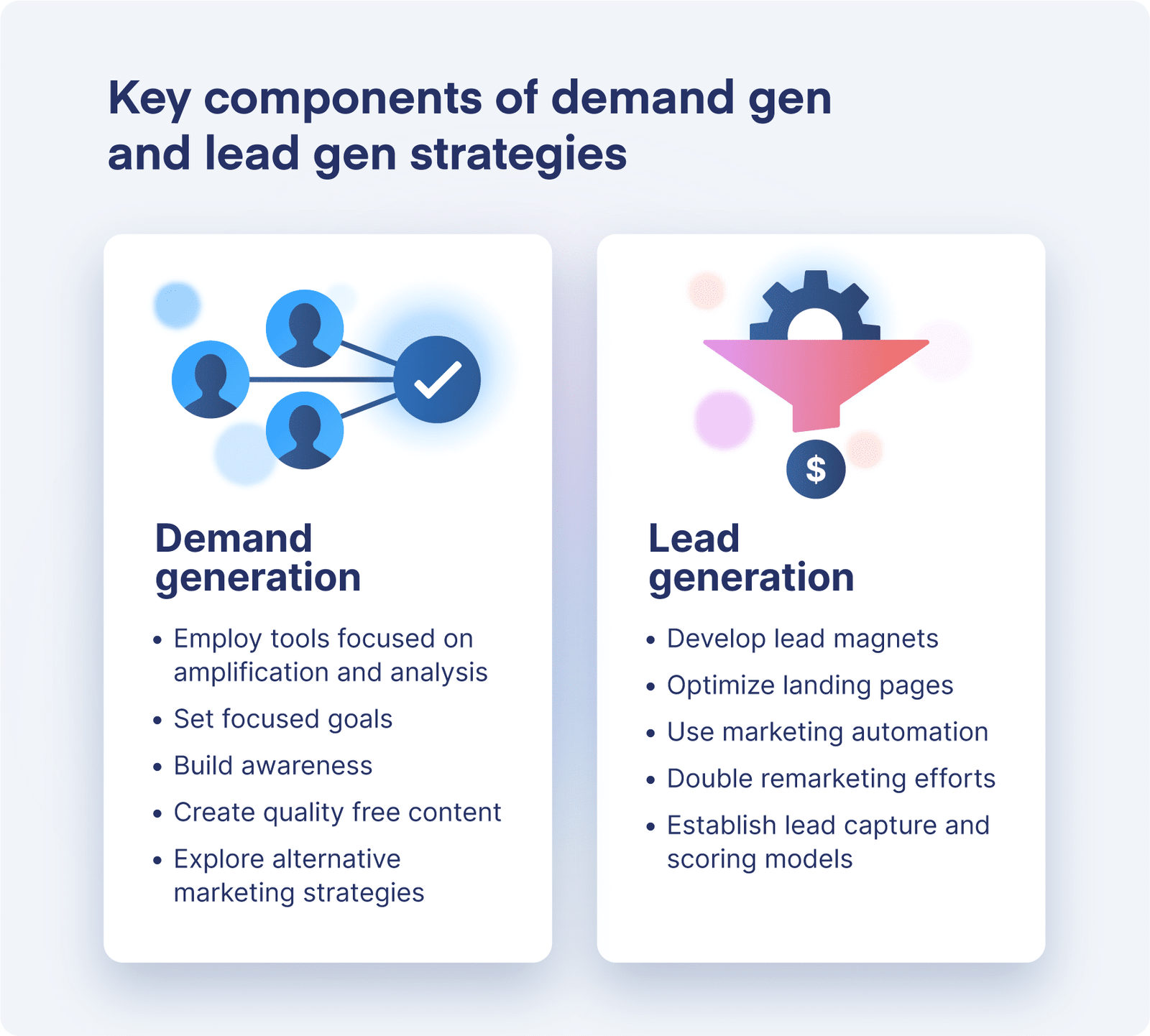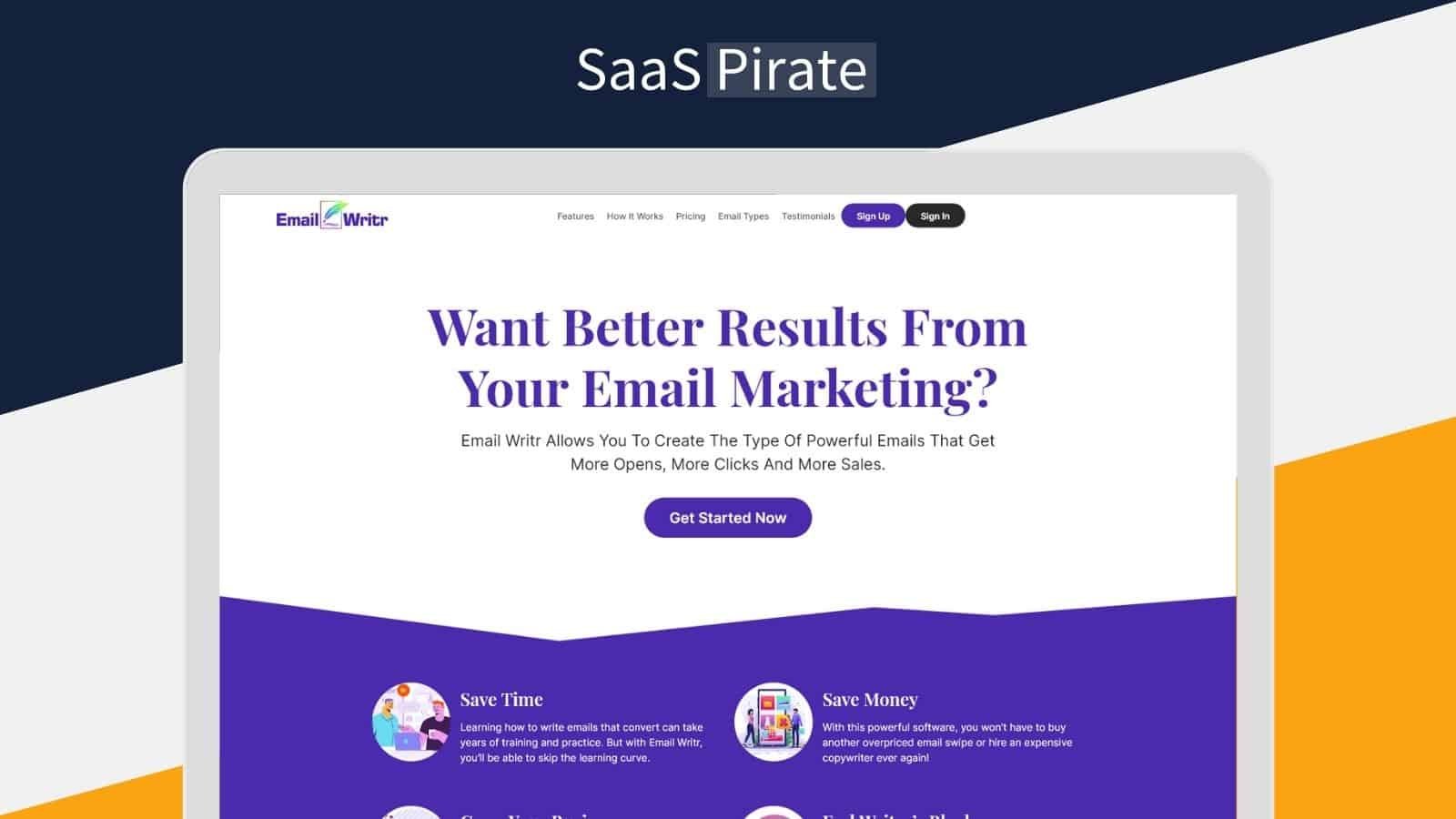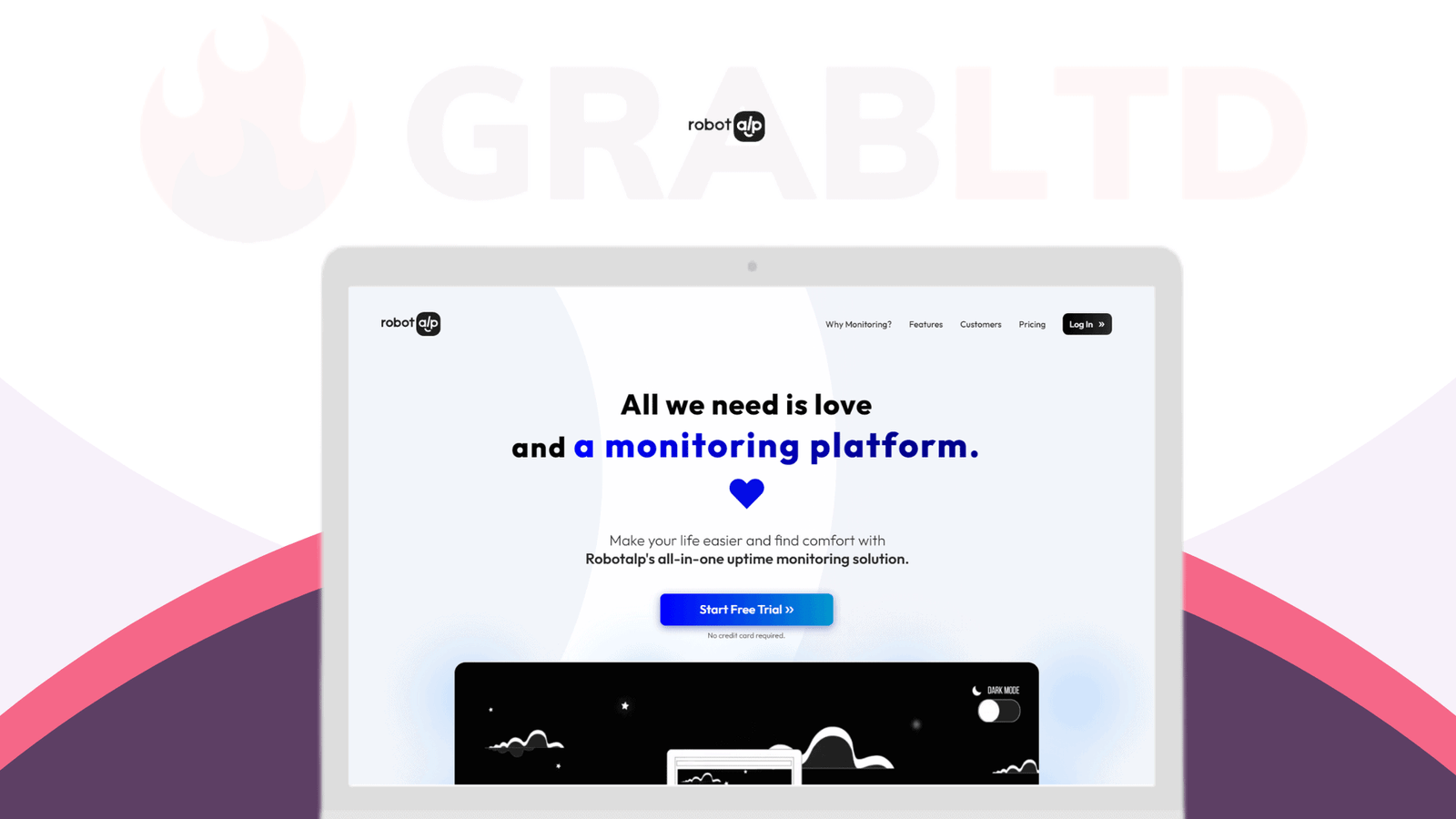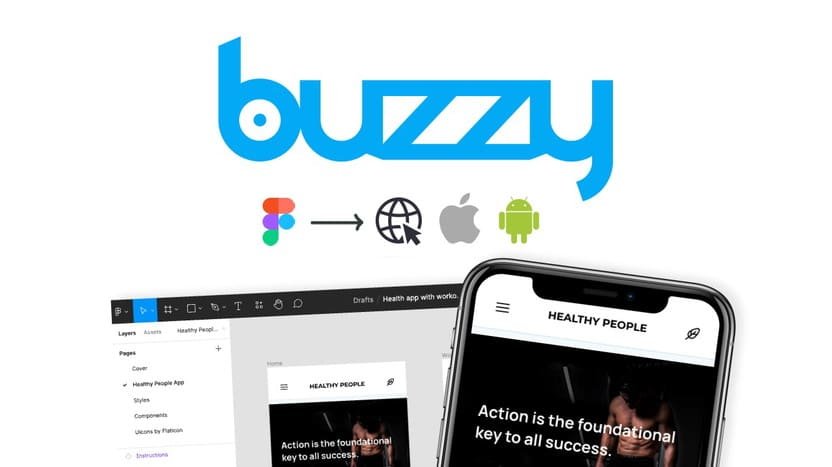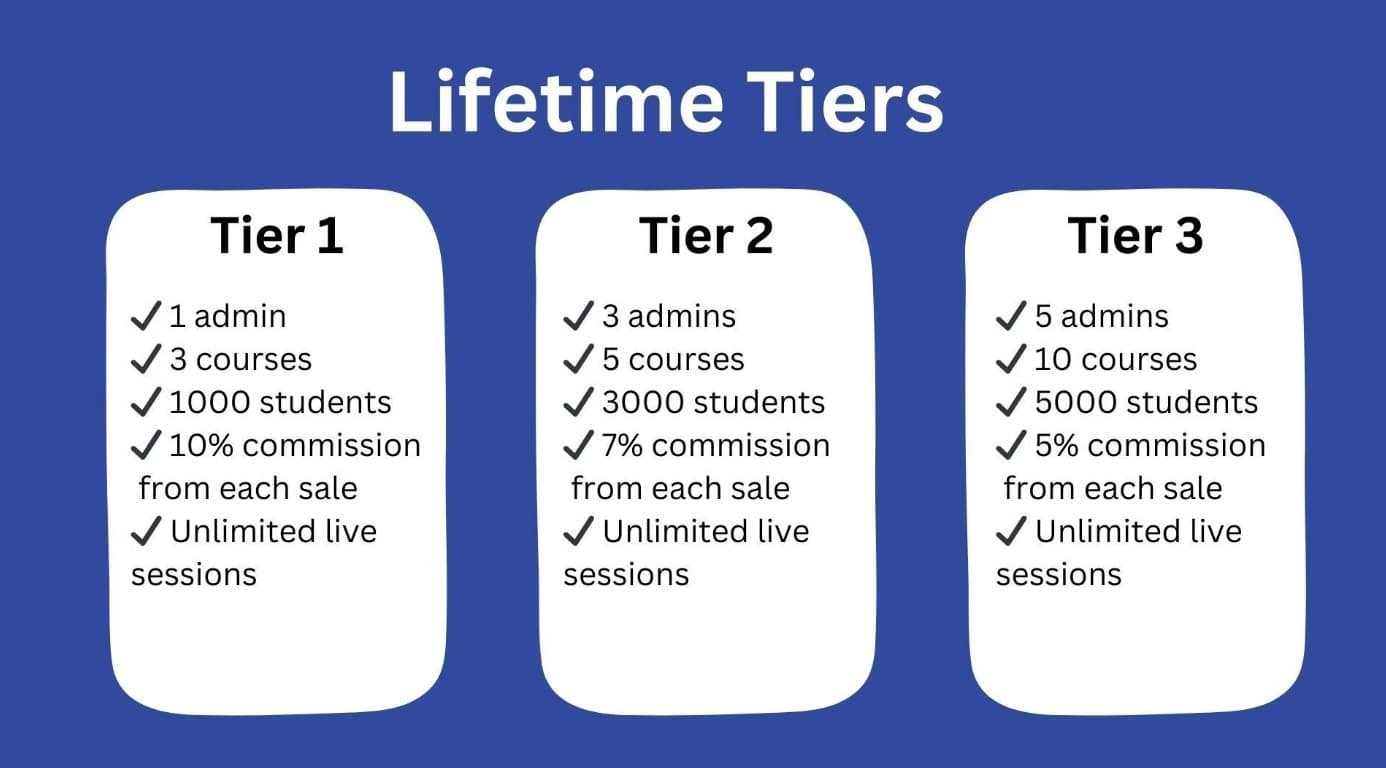Lead Generation Vs Lead Capture! Lead generation and lead capture are crucial for any business. They help attract and convert potential customers.
Understanding the difference between lead generation and lead capture can boost your marketing efforts. Lead generation involves creating interest in your product or service, aiming to attract new prospects. It’s about reaching out and sparking curiosity. On the other hand, lead capture focuses on collecting information from interested prospects.
This step is essential for building a database of potential customers. Comparing these two processes is vital. It helps you see where each fits in your marketing strategy. By grasping their roles, you can better plan your approach to acquiring and nurturing leads. Let’s dive deeper into what sets lead generation and lead capture apart.
Lead Generation Basics
Understanding the basics of lead generation is crucial for any business. It helps in attracting potential customers and converting them into loyal clients. Let’s dive into what lead generation is, its purpose, and why it’s important.
Definition Of Lead Generation
Lead generation is the process of attracting and converting strangers into prospects. These prospects show interest in your products or services. The primary goal is to create a sales pipeline filled with qualified leads.
Various strategies can be used for lead generation:
- Content marketing
- SEO
- Email marketing
- Social media marketing
- Paid advertising
Purpose And Importance
The purpose of lead generation is to increase sales and revenue. It is essential for business growth. Without leads, there are no potential customers to convert into paying clients.
Lead generation is important because:
- It helps identify potential customers.
- It increases brand awareness.
- It builds a database of prospects.
- It improves sales and marketing alignment.
- It enhances business growth.
Businesses can use lead generation to understand their target audience. This helps them tailor their marketing strategies effectively.
| Strategy | Benefits |
|---|---|
| Content Marketing | Attracts and engages prospects |
| SEO | Increases website visibility |
| Email Marketing | Nurtures leads through personalized communication |
| Social Media Marketing | Builds brand awareness and engagement |
| Paid Advertising | Generates immediate traffic and leads |
Lead Capture Basics
Lead capture is an essential part of any successful marketing strategy. It involves collecting information from potential customers to nurture them into leads. Understanding the basics of lead capture helps in making informed decisions.
Definition Of Lead Capture
Lead capture refers to the process of gathering contact information from individuals. This typically includes names, email addresses, phone numbers, and other relevant details. This information is collected through various forms and methods.
Businesses use lead capture forms on their websites, landing pages, and social media. These forms can be simple or detailed, depending on the information needed. The goal is to collect data that will help in further engagement.
Purpose And Importance
The main purpose of lead capture is to convert website visitors into potential customers. Capturing leads allows businesses to build a database of interested prospects.
This database is valuable for future marketing efforts. It helps in segmenting audiences and personalizing marketing messages. Personalized messages improve the chances of conversion.
Lead capture is important for several reasons:
- Building Relationships: Capturing leads helps in starting a conversation with potential customers.
- Targeted Marketing: With captured data, businesses can create targeted marketing campaigns.
- Measuring Success: It allows businesses to measure the effectiveness of their marketing strategies.
- Increasing Sales: Effective lead capture can lead to more conversions and increased sales.
Using lead capture tools and techniques can significantly improve marketing outcomes. It ensures that no potential customer is missed.
Incorporating lead capture into your marketing strategy is essential. It helps in maximizing the return on investment for marketing efforts.
Lead Generation Techniques
Lead generation and lead capture often need clarification. Both are vital for business growth. Lead generation techniques are methods to attract potential customers. These techniques help identify people interested in your products or services.
Content Marketing
Content marketing is a powerful lead-generation technique. It involves creating and sharing valuable content. This content attracts and engages your audience. Examples include blog posts, videos, infographics, and eBooks.
- Blog Posts: Write informative articles related to your industry.
- Videos: Create engaging videos to explain your products or services.
- Infographics: Use visuals to present data and information attractively.
- eBooks: Offer detailed guides on topics of interest to your audience.
Each piece of content should solve a problem or answer a question. This approach builds trust with your audience. It also positions your business as an authority in your field.
SEO Strategies
SEO strategies help your content rank higher on search engines. Higher rankings mean more visibility. This increases the chances of generating leads.
- Keyword Research: Identify keywords your audience uses.
- On-Page SEO: Optimize your website’s content for these keywords.
- Technical SEO: Ensure your website is fast and mobile-friendly.
- Link Building: Get backlinks from reputable websites.
Keyword Research is the first step. Use tools to find the keywords your audience searches for. Include these keywords naturally in your content.
On-Page SEO includes optimizing titles, headers, and meta descriptions. Make sure your content is easy to read.
Technical SEO ensures your website runs smoothly. A fast, mobile-friendly website keeps visitors engaged.
Link Building improves your site’s authority. Reach out to other websites for backlinks.
Lead Capture Techniques
Effective lead capture techniques are vital for any business. They help gather contact details from potential customers. By using the right methods, businesses can increase their lead base. Let’s explore some popular techniques.
Forms And Landing Pages
Forms and landing pages are essential tools. These tools help businesses collect visitor information. A simple form can ask for a name and email address. More detailed forms might ask for phone numbers or company names.
Landing pages are standalone web pages. They are designed to capture leads. A good landing page has a clear headline and a call-to-action button. It should be free of distractions.
| Element | Description |
|---|---|
| Form Fields | Collects visitor details like name and email. |
| Headline | Clearly states the offer or purpose. |
| Call-to-Action Button | Encourages the visitor to submit their information. |
Call-to-actions
Call-to-actions (CTAs) prompt visitors to take action. A good CTA is clear and compelling. It tells the visitor what to do next. Examples include “Sign Up Now” or “Get Your Free Guide.”
- Use strong action verbs.
- Keep it short and simple.
- Make it stand out with contrasting colors.
CTAs can be placed on various parts of a website. They can appear on landing pages, blog posts, or even in pop-ups. Effective CTAs guide visitors towards conversion.
Tools For Lead Generation
Generating leads is crucial for any business. To do it effectively, you need the right tools. These tools help you capture, manage, and nurture your leads. Let’s explore some essential tools for lead generation.
Crm Systems
Customer Relationship Management (CRM) systems are vital for managing leads. They help you track customer interactions and store contact information. Popular CRM systems include:
- Salesforce: Highly customizable with many features.
- HubSpot: Offers a free version with basic features.
- Zoho CRM: Affordable and user-friendly.
These systems help you organize your leads. They also automate follow-ups and track customer interactions. This makes managing leads easier and more efficient.
Email Marketing Tools
Email marketing tools are essential for nurturing leads. They help you send targeted emails to your audience. Some popular email marketing tools are:
- Mailchimp: User-friendly with many templates.
- Constant Contact: Great for small businesses.
- SendinBlue: Offers SMS marketing features.
These tools allow you to segment your audience. You can send personalized emails based on their interests. This helps in building a strong relationship with your leads.
| Tool | Key Features |
|---|---|
| Salesforce | Highly customizable, extensive feature set |
| HubSpot | Free version, marketing automation |
| Zoho CRM | Affordable, easy to use |
| Mailchimp | User-friendly, many templates |
| Constant Contact | Great for small businesses |
| SendinBlue | Includes SMS marketing |
Using these tools can streamline your lead generation efforts. They help you capture and nurture leads efficiently. Ensure you choose the right tools for your business needs.
Tools For Lead Capture
Lead capture tools are vital. They help gather information from potential customers. Effective tools can streamline your process and improve conversions. Let’s explore some essential tools for lead capture.
Form Builders
Form builders are crucial. They enable you to create forms that collect data. Simple forms can be enough. But advanced forms offer more features.
- Google Forms: Easy to use. Free. Integrates with Google Sheets.
- Typeform: Interactive. User-friendly. Provides various question types.
- Wufoo: Customizable. Secure. Offers payment integrations.
Choose the right form builder. Ensure it meets your needs. Make sure the forms are easy to fill out. This will improve your conversion rates.
Analytics Tools
Analytics tools help track and analyze data. They offer insights into user behavior. This information is valuable. It helps in refining your lead capture strategy.
| Tool | Features | Benefits |
|---|---|---|
| Google Analytics | Tracks site traffic. Provides detailed reports. | Free. Integrates with other Google tools. |
| Hotjar | Heatmaps. Session recordings. | Visual insights. Understand user behavior. |
| Mixpanel | User analytics. Engagement tracking. | Detailed insights. Advanced segmentation. |
Using analytics tools, you can identify areas of improvement. Make data-driven decisions. Optimize your lead capture process for better results.
Benefits Of Lead Generation
Lead generation is essential for any business looking to grow. It helps attract potential customers and convert them into loyal clients. Understanding the benefits of lead generation can help maximize your marketing efforts.
Increased Reach
Lead generation allows businesses to reach a wider audience. By using various channels such as social media, email marketing, and SEO, companies can attract more potential customers. This increased reach means more opportunities for sales and growth.
Targeted Audience
One key benefit of lead generation is the ability to target specific audiences. Businesses can focus their marketing efforts on individuals who are more likely to be interested in their products or services. This results in higher conversion rates and a better return on investment (ROI).
| Benefit | Description |
|---|---|
| Increased Reach | Reach a larger audience through various marketing channels. |
| Targeted Audience | Focus on potential customers who are more likely to convert. |

Credit: blog.hubspot.com
Benefits Of Lead Capture
Lead capture is a critical strategy for businesses. It offers numerous benefits, particularly in data collection and improving conversion rates. By effectively capturing leads, businesses can build a solid foundation for growth and engagement.
Data Collection
Lead capture allows businesses to gather essential information about potential customers. This data can include:
- Contact details: Email addresses, phone numbers, and social media profiles.
- Demographic information: Age, gender, location, and occupation.
- Behavioral data: Interests, preferences, and past interactions.
Collecting this data helps in creating targeted marketing campaigns. Businesses can tailor their messages to specific audience segments. This leads to more personalized interactions and stronger customer relationships.
Improved Conversion Rates
Lead capture plays a significant role in enhancing conversion rates. By gathering data, businesses can:
- Identify high-quality leads: Focus on prospects who are more likely to convert.
- Personalize communication: Send relevant content to engage leads effectively.
- Optimize marketing efforts: Use data to refine strategies and improve ROI.
With targeted and personalized approaches, businesses can convert more leads into customers. This results in increased sales and revenue growth.
Lead capture also provides insights into customer behavior. Businesses can analyze patterns and trends to adjust their strategies. This continuous improvement loop leads to sustained growth and success.
Challenges In Lead Generation
Lead generation is the process of attracting potential customers. It can be tough. Businesses face many challenges. Below, we explore two key challenges in lead generation.
High Competition
The market is crowded. Many businesses compete for the same leads. This makes standing out difficult.
To succeed, you need unique selling points. You must also understand your audience well. Knowing what they want helps you attract them.
Use targeted marketing strategies. Focus on what makes your brand different. This can help you gain an edge over competitors.
Content Quality
Content is king in lead generation. Quality content attracts and engages leads. Poor content drives them away.
Your content must be relevant and valuable. It should solve problems for your audience. Share insights and tips that help your audience.
Use various formats like blogs, videos, and infographics. This keeps your content fresh and interesting. High-quality content builds trust with your audience. It encourages them to become leads.

Credit: www.pathlabs.com
Challenges In Lead Capture
Lead capture is a critical part of any marketing strategy. It involves gathering contact information from potential customers to nurture them into leads. Despite its importance, businesses face several challenges in effectively capturing leads. These challenges range from user experience to data privacy concerns. Let’s dive into these obstacles and understand how they can impact your lead capture process.
User Experience
User experience plays a vital role in lead capture. Visitors often abandon a site if the forms are too long or complicated. A streamlined form with fewer fields can improve completion rates. Ensure the form is mobile-friendly. Mobile users are less likely to fill out lengthy forms.
Clear instructions are also essential. Users should know what information is required. Label fields clearly and provide examples if necessary. Loading speed matters too. Slow-loading pages frustrate users, leading to higher bounce rates. Optimize your site to load quickly.
Use visual cues like arrows or highlighted sections to guide users. These small touches can enhance the user experience and improve lead capture rates.
Data Privacy
Data privacy is a major concern for users today. They are cautious about sharing personal information. Ensure your site is secure with HTTPS. Display trust badges to reassure visitors their data is safe.
Be transparent about data usage. Explain why you need certain information and how it will be used. Provide a link to your privacy policy. This builds trust and encourages users to share their details.
Compliance with regulations is crucial. Laws like GDPR and CCPA have strict guidelines on data collection. Make sure your lead capture forms comply with these regulations. Failure to do so can result in hefty fines and damage to your reputation.
Allow users to opt-out easily. Provide clear options for users to unsubscribe from communications. This shows respect for their preferences and can improve your brand’s image.
By addressing these challenges, you can enhance your lead capture process. Focus on user experience and data privacy to gain the trust of potential leads.
Integrating Both Strategies
Integrating Both Strategies is a powerful approach in today’s competitive market. Combining lead generation and lead capture ensures a seamless process from attracting potential customers to converting them into qualified leads. This synergy allows businesses to optimize their marketing efforts and improve their overall success.
Holistic Marketing Approach
A holistic marketing approach integrates both lead generation and lead capture strategies. This ensures a consistent message across all channels. By doing this, businesses can create a unified customer experience. This approach strengthens brand recognition and trust.
Consider these key elements:
- Consistent Messaging: Align your content with your brand’s voice.
- Multi-Channel Presence: Utilize social media, email, and websites.
- Targeted Campaigns: Focus on specific audience segments.
Integrating these elements allows for a more cohesive marketing strategy. This makes it easier to attract and engage potential customers.
Maximizing Roi
Integrating lead generation and lead capture can maximize ROI. A seamless transition from attracting leads to capturing their information reduces drop-offs. This ensures a higher conversion rate.
Here are some strategies:
- Automated Follow-Ups: Use email automation to nurture leads.
- Personalized Content: Tailor content to individual preferences.
- Data Analysis: Continuously analyze and optimize campaigns.
These strategies help in refining your marketing efforts. This leads to better engagement and higher returns on investment.
| Lead Generation | Lead Capture |
|---|---|
| Attracts potential customers | Collects customer information |
| Focuses on outreach | Focuses on conversion |
| Uses various channels | Utilizes forms and CTAs |
By integrating both strategies, you create a smooth funnel. This makes it easier to convert potential customers into loyal clients.
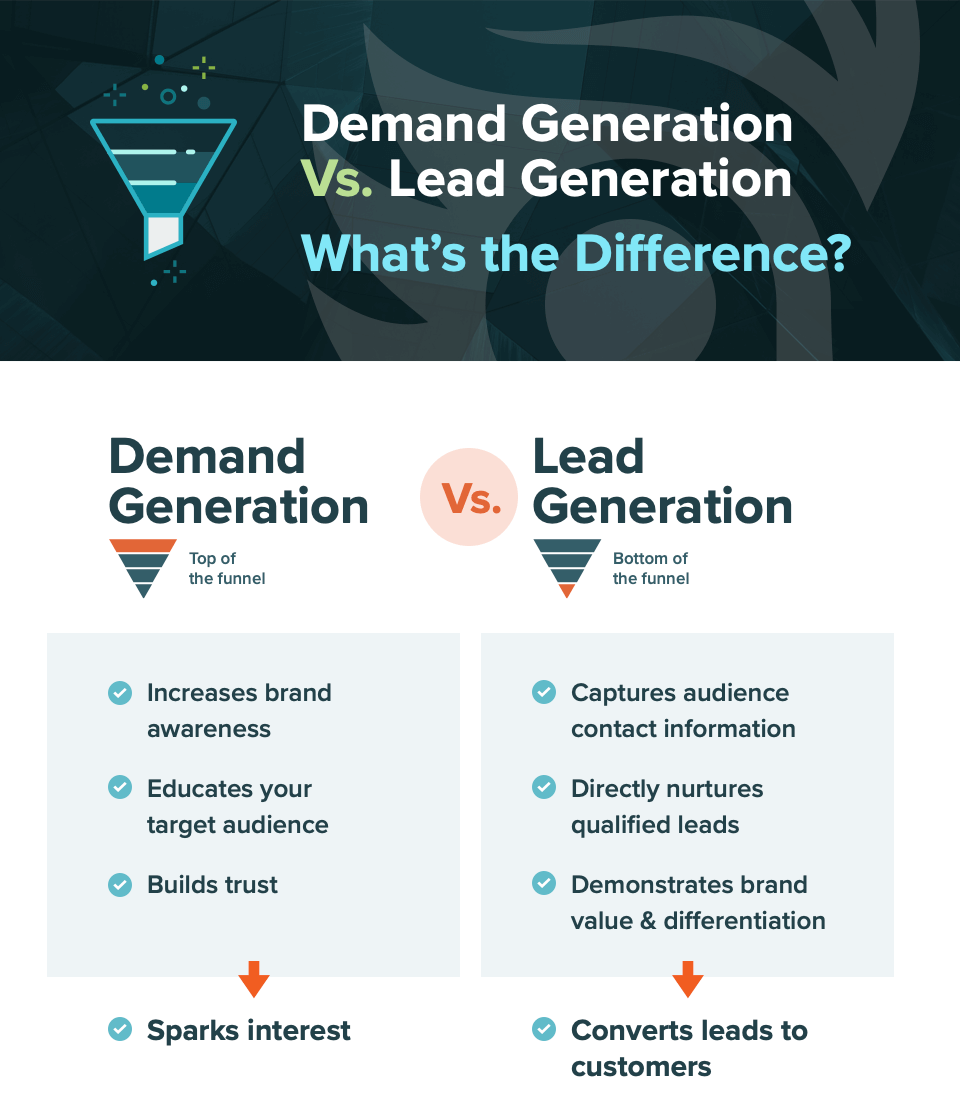
Credit: melih.com
Frequently Asked Questions
What Is Lead Generation?
Lead generation is the process of attracting and converting prospects into potential customers. It involves various strategies to create interest in your product or service.
What Is Lead Capture?
Lead capture involves collecting contact information from prospects. It typically uses forms, landing pages, or other tools to gather data for follow-up.
How Do Lead Generation And Lead Capture Differ?
Lead generation focuses on attracting prospects. Lead capture focuses on collecting their contact information. Both are essential for a successful marketing strategy.
Why Is Lead Generation Important?
Lead generation is crucial for business growth. It helps attract new customers, increases sales opportunities, and supports revenue growth.
Conclusion
Understanding the difference between lead generation and lead capture is crucial. Lead generation focuses on attracting potential customers. Lead capture, on the other hand, involves collecting contact information. Both are essential for a successful marketing strategy. Use lead generation to draw interest.
Then, use lead capture to gather details. This approach helps in building a strong customer base. Remember, balance both techniques for maximum results. Your business will benefit from a clear strategy.

